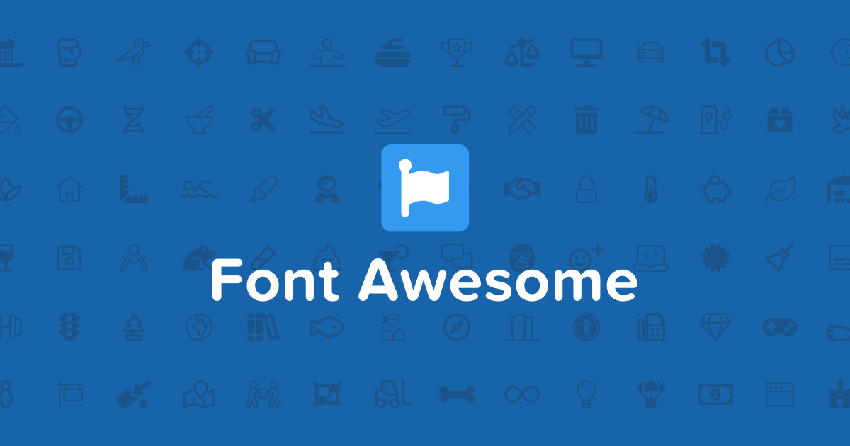What Designers should know about the Roboto CDN Hosted Typeface

Roboto is a sans-serif typeface geometric that is specially designed for use in various resolutions, sizes, and devices. Not only does Roboto CDN support Latin, Cyrillic scripts, and Greek, but it also comes with 12 varying weights. You can combine different fonts on your websites, such as Roboto slab, Roboto condensed, and the regular family.
Roboto CDN History
Roboto CDN was released in the market in 2011. Christian Robertson, an in-house designer at Google, designed Roboto as a replacement for Droid, the Google font that was used for the Android system.
Roboto was meant to have an excellent appearance on different screens. It is classified as a neo-grotesque typeface and features unique rounded racetrack-shaped letters and straight-sided capitals. Roboto CDN allows letters to accommodate enough space, which improves the reader’s experience.
Some of the other grotesque Google fonts do not come with this feature. When it hit the market, Roboto was not an instant hit among small communities, with some Typography experts being quite skeptical about it. Some experts in the industry labeled it Frankenfont to mean that it had copied some elements from other typefaces, such as Myrida, Helvetica, Univers, and Ronnia.
Roboto would later be updated in 2014 to tackle some of the objections. The update gave Roboto CDN a new design that made it independent. What we have today is the advanced yet accessible typeface. The remodeling provides a sneak peek of its future in readiness to adapt, seeing that the digital space evolves fast.
Roboto CDN Families
The Roboto CDN typeface is quite simple compared to the San Francisco alternative from Apple. It features 4 families with a vast range of weights, as we shall see below.
- Roboto family base
- Roboto Condensed, the condensed version that is integrated into Android wearables
- The slab serif version which is also known as Roboto Slab
- Roboto Mono, the monospace version
Roboto has excellent online documentation, just as is the case with the other Google material design parts. Roboto CDN comes in handy when you are designing a content delivery network or Android App.
It allows you to access comprehensive information, which includes different sizes and styles you can use, the appropriate line-height for proper readability, and other elements such as color tracking recommendation. You should integrate Roboto bold within your CDN because these styles, sizes, and rules were developed to create a balance between reading comfort and content density.
About CDN-hosted Fonts
Approximately three services host fonts on public-facing CDNs. You can use these fonts without necessarily having the font lines. All you have to do is add some code to the top of your HTML document. The browser will then download your preferred files from the content delivery network. Some of the popular services that utilize this concept include:
Google Fonts
This free service is the most popular method through which web fonts are conveyed. It is easy to use and comes with over 700 font families including Roboto.
Typekit
Typekit is a premium source of fonts that come with the Creative Suite from Adobe, which many designers prefer. It includes more than one thousand excellent quality font families. To enjoy full Typekit access, you will need a paid Typekit account or an Adobe Creative Suite. Still, you can source some of the fonts free of charge.
Adobe Edge Web Fonts
This Adobe service is free, and it comprises approximately 500 free font families. This service is similar to Typekit, but it comes with a few font families. Using a CDN hosted font service is beneficial because you won’t have to struggle to get the ideal @font-face syntax. Further, you won’t have to struggle with including the ideal font file format for each user.
The font service addresses all those factors, and all you have to do is copy and paste one or two lines of code directly from the font service to your HTML. Further, you will be able to use the CSS font-family appropriately to facilitate font application on different components of your website. For instance, Roboto CDN works in collaboration with other fonts such as Open Sans.
Developing a Font Stack for Your CDN
It is worth mentioning that not all operating systems and browsers can render all fonts. Due to this, when choosing fonts, you want to identify your alternative font styles. You can achieve this by developing a font stack with the font-family CSS.
Usually, a font stack includes three font options. These include the web font that you use as your design option, a preinstalled alternative generic font, and a generic font family font that a browser can utilize to choose a font from the available options on the system.